By Faryar Shirzad, Chief Policy Officer
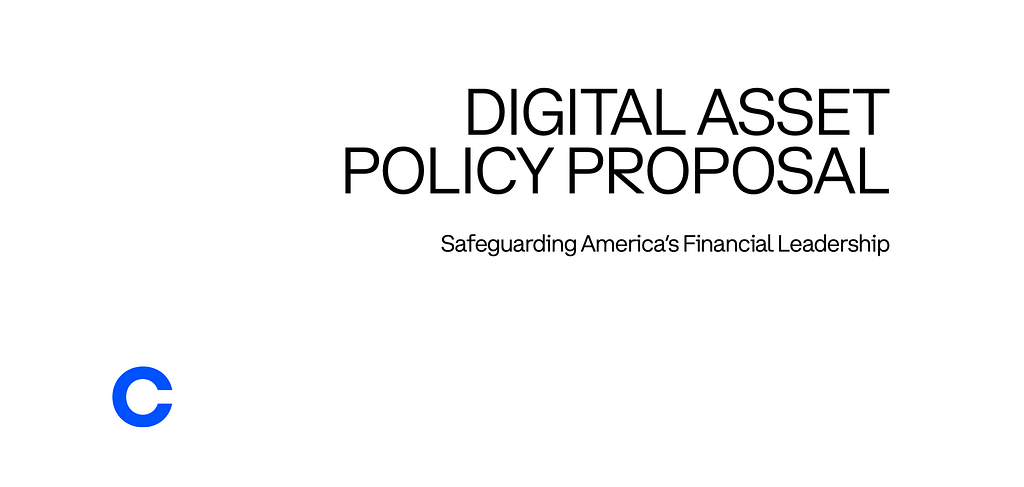
Today, we’re pleased to introduce our new regulatory framework, entitled Digital Asset Policy Proposal: Safeguarding America’s Financial Leadership (dApp). We hope this document will animate an open and constructive discussion regarding the role of digital assets in our shared economic future. Our goal is to thoughtfully and respectfully engage in the debate, and to offer good-faith suggestions for how the U.S. financial regulatory framework should adapt to two critical developments:
1. The blockchain-driven and decentralized evolution of the internet
2. The emergence of a distinctive asset class that is digitally native and empowers unique economic use cases
We understand that high-level proposals don’t become law overnight — nor should they. But what they can do is evolve the debate in ways that are helpful for everyone, including members of Congress who are increasingly focusing on this area.
A number of us have been working diligently on this for some time, consulting with experts, crypto builders, opinion leaders, and policymakers from across the country. We’ve also studiously read the commentary produced by our peers and others who are pushing the debate forward in thought-provoking and creative ways. This process of investigation and discovery has been remarkably eye-opening and invaluable to help us think deeply about the potential of these new and uniquely democratizing financial innovations.
Here are three consistent themes that surfaced from the past few weeks of intensive meetings:
- A broad awareness is emerging on blockchain and distributed ledger technology’s potential; one that recognizes crypto could be an important catalyst of innovation, economic growth and financial inclusion in an increasingly digital world
- The adoption rate of crypto is growing rapidly, and regulation has a vital role to play in protecting the consumer and providing certainty to market participants
- American geopolitical strength and leadership is inextricably tied to the United States maintaining its technological leadership
We’d like to personally thank everyone we met with for their feedback, their candor, and their willingness to engage on some of the most profound and complex economic and societal questions we face. Let’s dive in.
The Market Context
Digital assets like Bitcoin, Ether, stablecoins, and other cryptocurrencies are now a mainstream part of the financial market ecosystem. In 2013, the market cap for the entire cryptocurrency market was around $1.5 billion. In 2021, that market cap has grown to $2 trillion. Adoption rates have seen a similarly astounding rate of growth with an estimated 1 million crypto users in 2013 to an estimated 330 million users worldwide today, with tens of millions in the United States alone.
But like the early days of the internet, the use cases for crypto are still in a nascent stage of development and adoption. However, what we’re seeing is societally powerful. Blockchain and distributed ledger technologies have accelerated the democratization of finance that began with the emergence of mobile payments. Whether factors such as lack of wealth, inaccessible infrastructure, or a range of societal factors have historically contributed to the 1.7 billion adults who remain unbanked today, the evolution of decentralized protocols and peer-to-peer marketplaces have the potential to resolve deep disparities and inequities.
Marketplaces for digital assets have emerged to offer a platform that facilitates the demand from Americans to access certain innovations in the way financial assets are transferred and traded. Retail and institutional traders have direct access to platforms that execute transactions 24 hours a day, seven days a week. Transactions settle in real time. A multitude of intermediaries is no longer needed as the digital asset market infrastructure has developed so that exchange and trading services, clearing, settlement, and custody can be provided effectively and more efficiently by the same entity.
We are seeing the beginning of more efficient, transparent, and cost-effective processes compared to those in traditional financial markets. These developments, in turn, will empower market participants with greater and more direct control over their trading decisions, increasing accessibility to financial services, reducing excess costs of the current system — costs too often borne by retail customers, and creating more transparency for regulators, who are already benefiting from new ways to engage in market surveillance and combat illicit finance.
Laws drafted in the 1930s to facilitate effective oversight of our financial system could not contemplate this technological revolution. Elements of those laws do not have room for the transformational potential that digital assets and crypto innovation make possible. They do not accommodate the efficiency, seamlessness, and transparency of digital asset markets, and thus risk serving as an unintended barrier to current innovations in the digital asset economy. For example, digital assets that are well established, broadly recognized, and fully decentralized, like Bitcoin and Ether, have technical characteristics that are well understood by the public. There is no information vacuum that immediately needs to be resolved. Not only are some of the financial rules of a paper-based system obsolete, but they are also an encumbrance to innovation, inclusion, and social welfare.
Forcing the full spectrum of digital assets into supervisory categories codified before the use of computers risks stifling the development of this transformational technology, thus pushing offshore the innovative center of gravity that currently sits in the United States. Doing this will have profoundly harmful economic implications and undermine the United States’ leadership at a time when technology is so critical to this country’s geopolitical strengths. We are seeing some legislatures at the state-level take important steps to give their residents access to these innovations, but there is still more work to be done.
Fostering this innovation is also critical because there are too many people in our society who do not see a place for themselves in our current financial system. According to the Federal Reserve, up to 22% of American households could be unbanked or underbanked. This could mean up to 55 million American adults don’t have access to key functions of our critical financial and societal architecture. Furthermore, even for those with a bank account and recognizing the dramatic advances in financial technologies, payments remain slow and cumbersome. Millions continue to pay too much and wait too long to transfer funds to loved ones overseas or to invest their money directly in projects and ideas they care about.
This exclusion of millions from the financial system is occurring as more and more Americans look for alternatives to traditional finance. Surveys show that a diverse group of Americans are availing of the unique and empowering financial opportunities that crypto affords. To help the public and the businesses that will provide the services for this new, thriving financial ecosystem, regulatory certainty for everyone is required.
Digital Asset Policy Proposal: Safeguarding America’s Financial Leadership (dApp)
Pillar One: Regulate Digital Assets Under a Separate Framework
As mentioned at the outset, the cryptoeconomy is defined by two concurrent innovations, both of which have manifold impacts on our financial system. The changes made possible by these two innovations are transformational, but do not easily fit within the existing financial system, which assumes that the structure of our financial markets will remain largely as they have been in the past. Our financial regulatory system is predicated on the ongoing existence of a series of separate financial market intermediaries — exchanges, transfer agents, clearing houses, custodians, and traditional brokers — because it never contemplated that distributed ledger and blockchain technology could exist. A new framework for how we regulate digital assets will ensure that innovation can occur in ways that are not hampered by the difficulty of transitioning from our legacy market structure.
Pillar Two: Designate One Regulator for Digital Asset Markets
To avoid fragmented and inconsistent regulatory oversight of these unique and concurrent innovations, responsibility over digital asset markets should be assigned to a single federal regulator. Its authority would include a new registration process established for entities that serve as marketplaces for digital assets (MDAs) and an appropriate disclosure regime to inform purchasers of digital assets. Platforms and services that do not custody or otherwise control the assets of a customer — including miners, stakers and developers — would need to be treated differently. Additionally, in the tradition of other markets, a dedicated self-regulatory organization (SRO) should be established to strengthen the oversight regime and provide more granular oversight of MDAs. Together, they should formulate new rules that permit the full range of digital asset services within a single entity: digital asset trading, transfer, custody, clearing, settlement, money payment, staking, borrowing and lending, and related incidental services. This two-tier regulatory structure will ensure efficient and streamlined regulation and oversight, and evolve elements of the existing frameworks to meet the requirements of our new technologically-driven financial system.
Pillar Three: Protect and Empower Holders of Digital Assets
This new framework should have three goals to ensure holders of digital assets are empowered and protected:
- Enhance transparency through appropriate disclosure requirements,
- Protect against fraud and market manipulation, and
- Promote efficiency and strengthen market resiliency.
Each of these goals should be accomplished in recognition of the unique characteristics and risks of the underlying functionalities of digital assets.
Pillar Four: Promote Interoperability and Fair Competition
Innovation in decentralized protocol development and the peer-to-peer marketplace continues to produce novel approaches that allow greater financial access across all facets of society. To realize the full potential of digital assets, MDAs must be interoperable with products and services across the cryptoeconomy. If fully realized, this can enshrine fair competition, responsible innovation, and promote a thriving consumer and developer ecosystem.
What’s Next
We hope you take the time to evaluate our proposal. And if you do, consider sharing your thoughts. We’re also open-sourcing the framework through GitHub, so tell us what you think there, express your views directly to your elected officials, and be part of the conversation that will shape our shared financial future. We will also be convening a number of opportunities to hear from others who have made thoughtful contributions to the debate that we are hoping to advance today.
Thank you for reading.
Digital Asset Policy Proposal: Safeguarding America’s Financial Leadership was originally published in The Coinbase Blog on Medium, where people are continuing the conversation by highlighting and responding to this story.

You can get bonuses upto $100 FREE BONUS when you:
💰 Install these recommended apps:
💲 SocialGood - 100% Crypto Back on Everyday Shopping
💲 xPortal - The DeFi For The Next Billion
💲 CryptoTab Browser - Lightweight, fast, and ready to mine!
💰 Register on these recommended exchanges:
🟡 Binance🟡 Bitfinex🟡 Bitmart🟡 Bittrex🟡 Bitget
🟡 CoinEx🟡 Crypto.com🟡 Gate.io🟡 Huobi🟡 Kucoin.





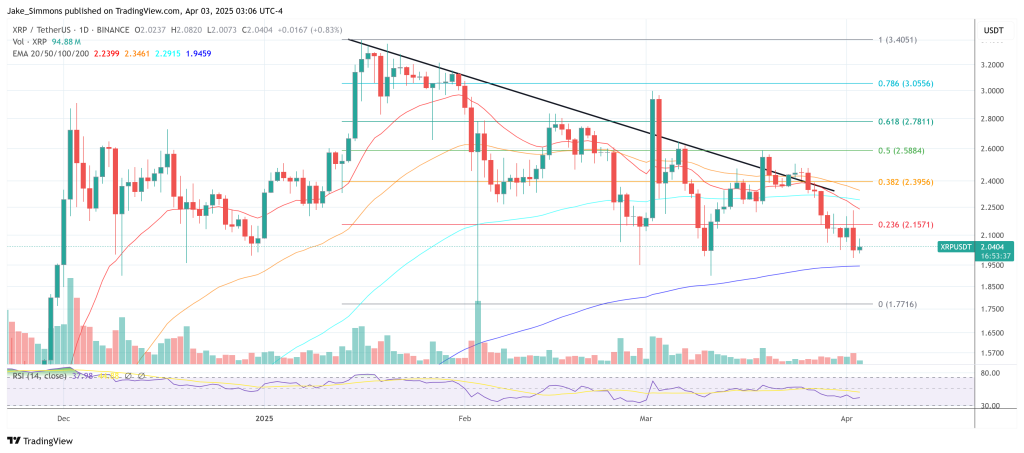

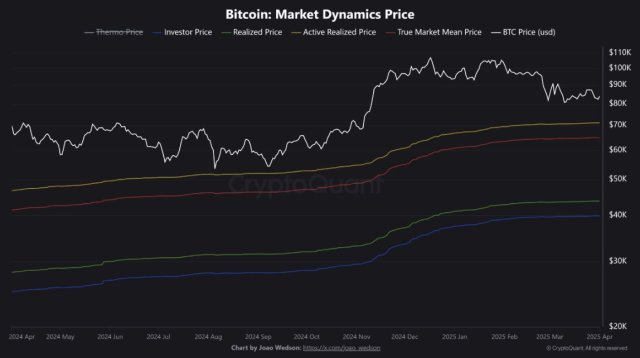

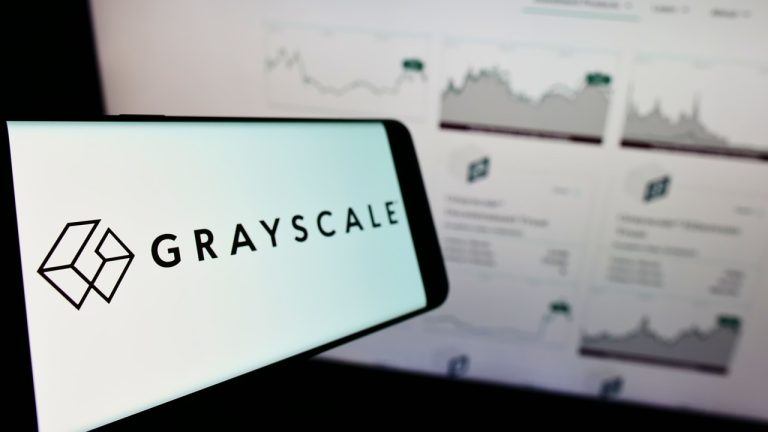
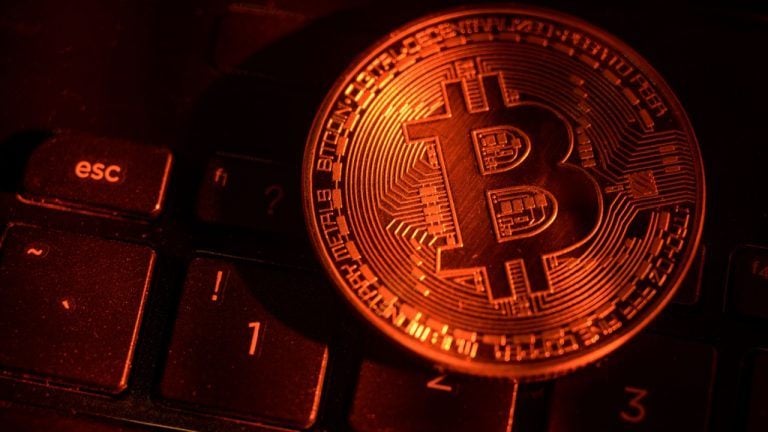
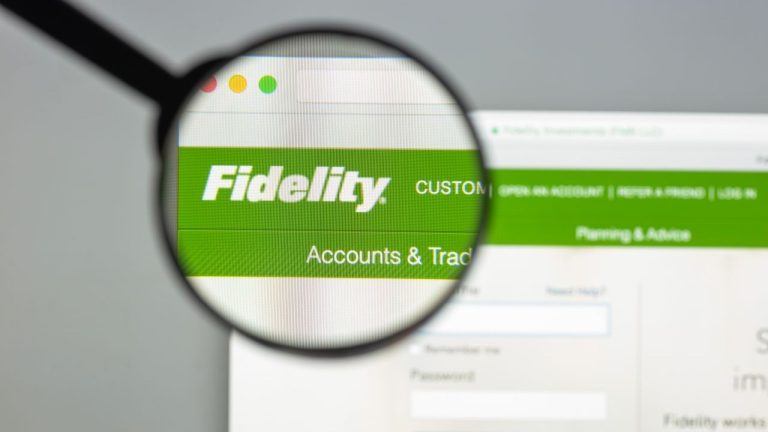
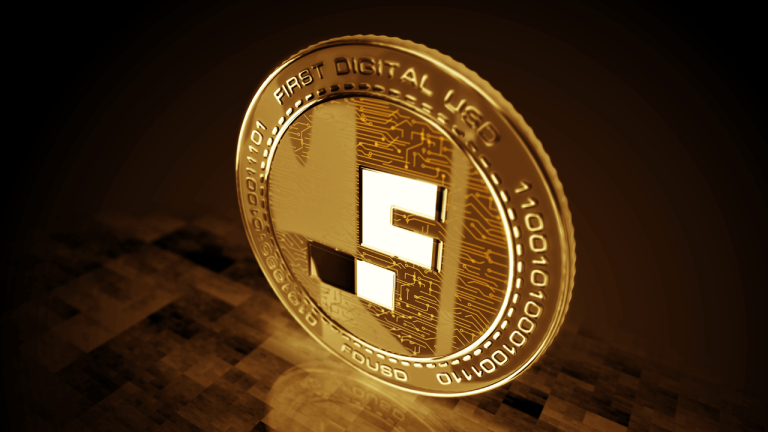




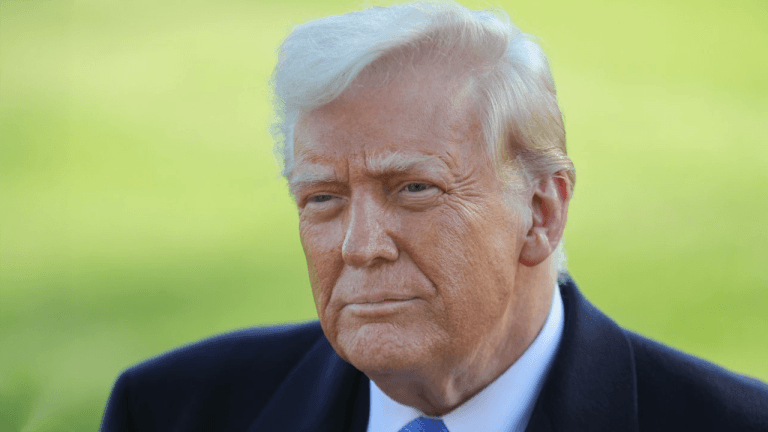

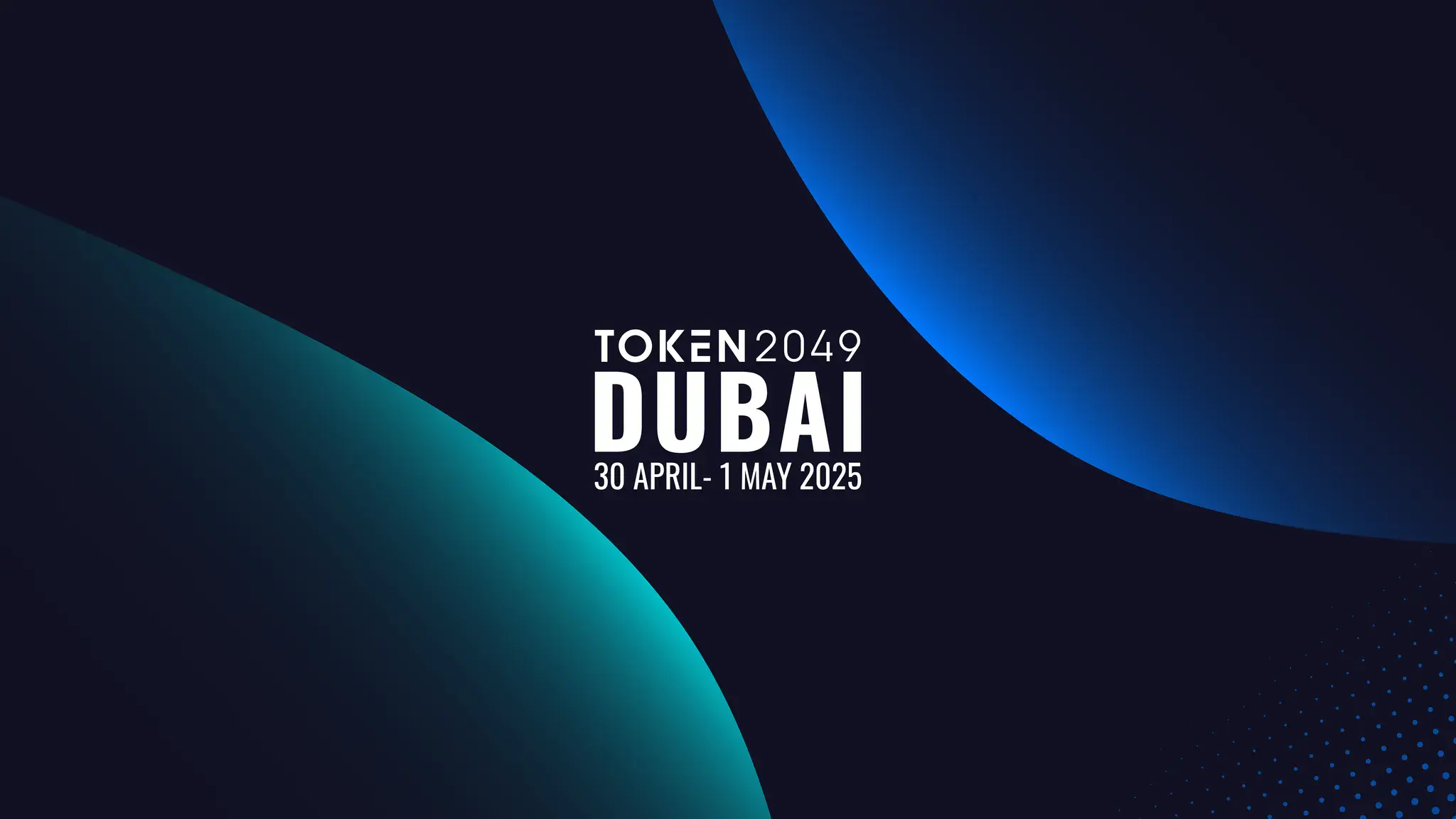
Comments